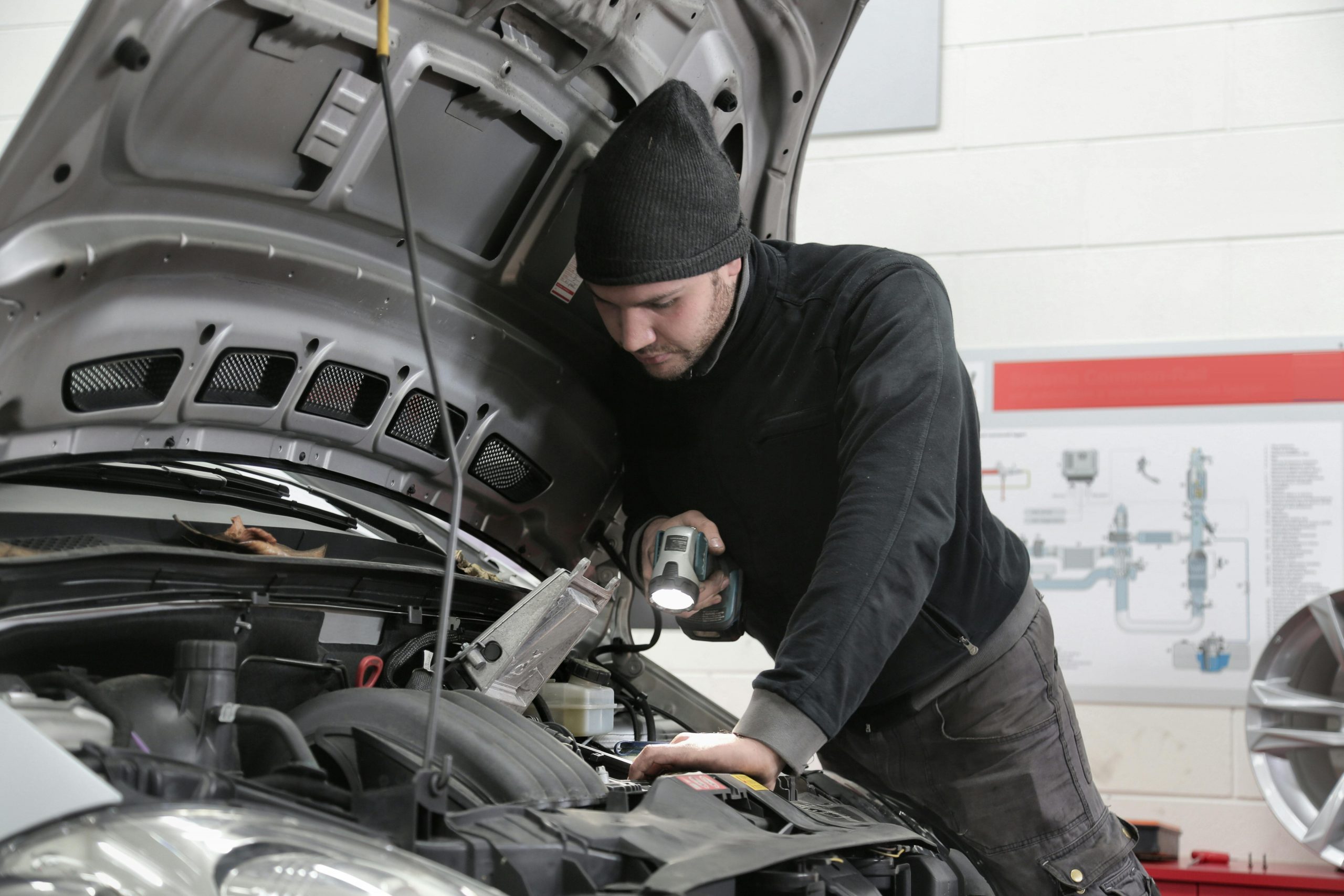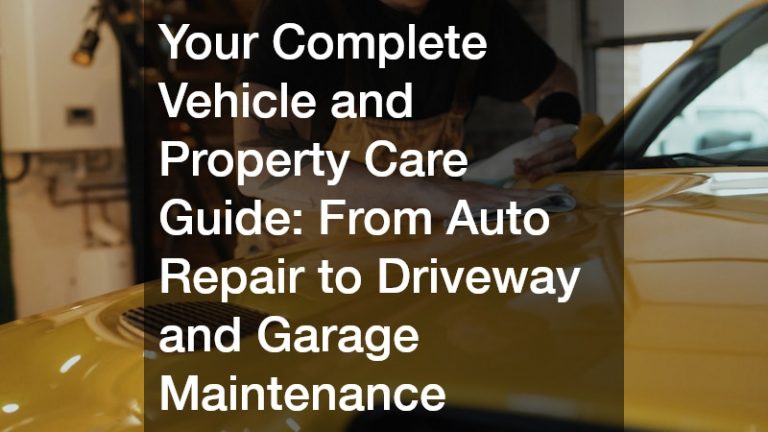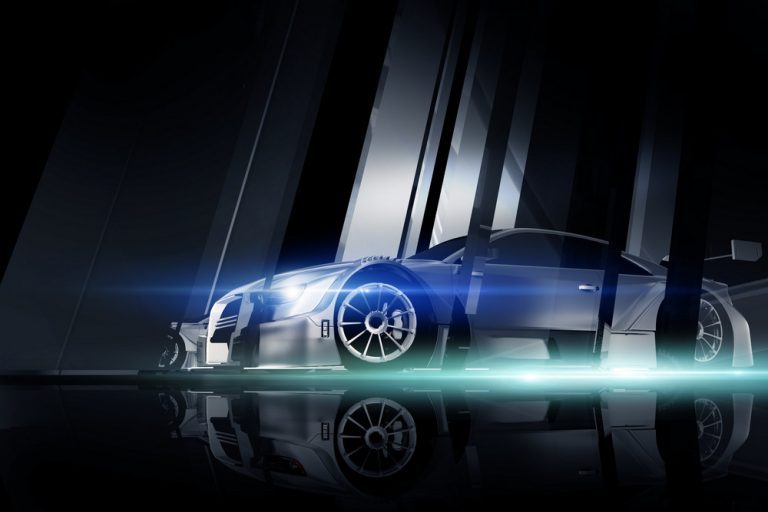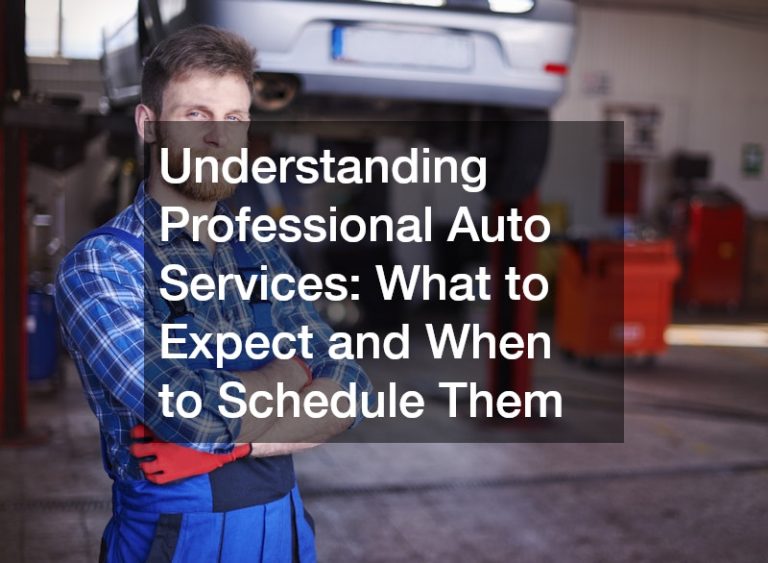
It can be a little scary when your car shakes while it’s just sitting still. Maybe you’re at a red light or parked, and the steering wheel or seats start vibrating. This isn’t something you should ignore. While it might be a small fix, it could also mean there’s a deeper problem.
In this article, we’ll break down the most common reasons your car shakes when idle, how to check for them, and what to do next. Whether you’re a new driver or just trying to understand your vehicle better, this guide is here to help.
What Does “Idle” Mean?

Before we get into the causes, let’s clarify what it means for a car to be “idle.” When your engine is running but the car isn’t moving—like when you’re stopped at a light or waiting in the drive-thru—that’s idling. During this time, your engine should run smoothly and quietly. If it’s shaking, something’s off.
Common Reasons Why Your Car Shakes When Idle
Several things can cause a car to shake while idling. Some issues are small and cheap to fix. Others may need help from a mechanic. Here’s a look at the most common causes:
1. Worn or Broken Engine Mounts
Engine mounts hold your engine in place. They also absorb the vibration your engine makes while it runs. Over time, these mounts can wear out or break. When they do, you might feel the engine’s movement more clearly—especially while idling.
Signs of Bad Engine Mounts:
- Strong shaking felt inside the car
- Clunking noises when you shift from park to drive
- The engine looks like it’s moving when the hood is open
Fix: Replacing engine mounts is a job for a mechanic, but it’s a common repair.
2. Dirty or Faulty Spark Plugs
Spark plugs ignite the air and fuel mixture in your engine’s cylinders. If they’re dirty or not working properly, the engine can misfire or shake. This is more noticeable when idling because the engine isn’t working as hard.
Symptoms of Bad Spark Plugs:
- Shaking or rough idling
- Trouble starting the car
- Lower gas mileage
Fix: Replacing spark plugs is usually inexpensive and can sometimes be done at home.
3. Clogged Air Filter
Engines need clean air to work properly. A dirty air filter can stop enough air from getting in, causing rough idling or shaking.
Signs of a Dirty Air Filter:
- Shaking when idle
- Reduced engine power
- Unusual engine sounds
Fix: Air filters are easy to check and replace. Most should be changed every 12,000 to 15,000 miles.
4. Vacuum Leaks
Your car’s engine uses vacuum hoses to move air and fuel through the system. If there’s a leak, it can throw off the engine’s balance and cause shaking or rough idling.
Symptoms of a Vacuum Leak:
- Car shakes when idle
- Hissing sound under the hood
- Check engine light comes on
Fix: A mechanic can test for vacuum leaks and replace damaged hoses.
5. Dirty Fuel Injectors
Fuel injectors spray gasoline into the engine in a fine mist. If they get clogged, the spray becomes uneven. This can lead to poor combustion and shaking at idle.
Signs of Dirty Fuel Injectors:
- Engine runs rough at idle
- Poor fuel economy
- Sluggish acceleration
Fix: Fuel injectors can be cleaned with special additives or professionally serviced.
6. Loose or Damaged Belts
Your engine uses belts to run parts like the alternator and air conditioning. If a belt is loose, cracked, or worn out, it can cause shaking—especially when the engine is idle and there’s less tension.
Symptoms of Belt Issues:
- Squealing noises
- Shaking at idle
- Trouble with power steering or A/C
Fix: Belts should be inspected regularly and replaced if damaged.
7. Engine Misfire
An engine misfire happens when one of the cylinders doesn’t fire properly. This often causes shaking, poor performance, and weird noises.
Misfire Symptoms:
- Rough idle and shaking
- Check engine light
- Hesitation while driving
Fix: A mechanic will use a scanner to find the misfire code and replace the faulty part—often a spark plug, ignition coil, or fuel injector.
Diagnosing the Problem at Home

If your car shakes when idle, you can do some simple checks before visiting a mechanic:
- Pop the Hood: Check if the engine is moving more than normal.
- Listen Carefully: Do you hear any odd sounds like hissing, clicking, or misfiring?
- Check the Air Filter: If it’s dirty, replace it.
- Look for Warning Lights: If your check engine light is on, scan the code with an OBD2 scanner or visit an auto parts store that offers free scans.
- Inspect the Tires (Just in Case): Although this usually affects driving and not idling, it’s good to rule out uneven tire wear or damage.
Is It Safe to Drive If Your Car Shakes at Idle?
It depends. If your car only shakes a little and there are no warning lights, it might just be a small issue like dirty spark plugs. But if the shaking gets worse, comes with strange sounds, or is paired with the check engine light, it’s safer to get it inspected right away.
Small problems can lead to bigger, more expensive ones if you wait too long.
Difference Between Shaking at Idle vs. Shaking While Driving
If your car is smooth while driving but shakes only when you’re stopped, the issue is likely with the engine. On the other hand, car shaking while driving is usually caused by tire issues, wheel alignment problems, or suspension trouble.
Knowing the difference helps narrow down the cause and leads to faster repairs.
When to See a Mechanic
Call or visit a mechanic if:
- The shaking is strong and constant
- Your check engine light is on
- The car is hard to start or stalls
- You hear unusual noises from the engine
A professional will run diagnostics and fix the root cause, saving you time and money in the long run.
How to Prevent Your Car From Shaking in the Future
You can’t always prevent car problems, but regular maintenance goes a long way. Here are a few tips to keep your engine smooth:
- Replace spark plugs and air filters on schedule
- Get regular oil changes
- Use good quality fuel
- Don’t ignore warning lights
- Have your engine checked at the first sign of trouble
Final Thoughts
When your car shakes when idle, it’s a sign that something’s not right. The problem could be simple—like a dirty air filter—or more serious, like engine mount failure or a vacuum leak. Whatever the case, it’s best to diagnose and fix the issue early.
Understanding your car’s behavior and taking action can prevent small problems from turning into big headaches.





